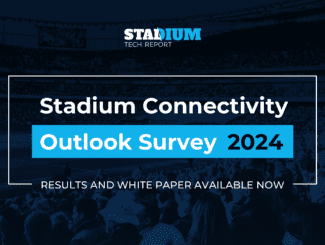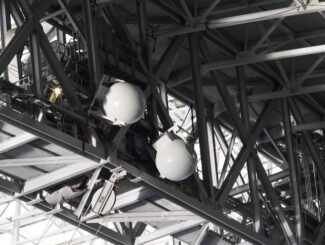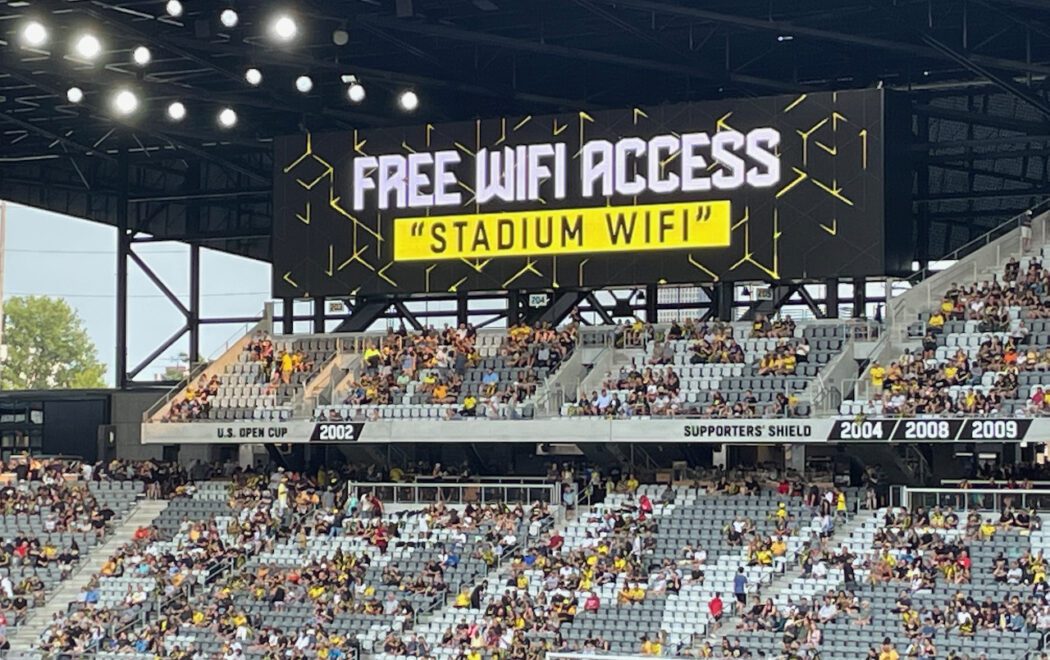
We’ve come a long way, haven’t we, from leaky coax to MatSing Lens antennas?
As we start the 10th year of our quarterly Stadium Tech Report publications, permit me if you will a short look back to see where it all started and where we are now.
The good news is, after a decade of writing about as many stadium technology deployments as possible, I don’t have to answer the question anymore about “why do you need Wi-Fi in a stadium?” By now, all those people who asked that in the past have been to an event, taken a selfie or a video, and shared it with someone not there. So now they get it.
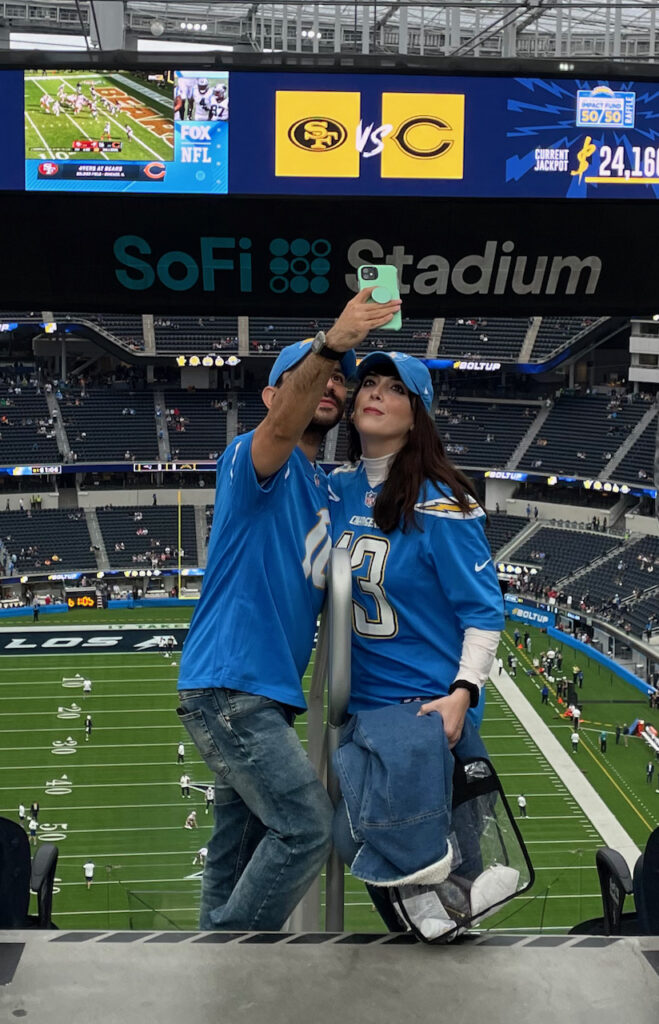
And while we still love a good Wi-Fi deployment story here at Stadium Tech Report we’ve expanded our early repertoire with a question I hope we get to keep asking: What’s next? And how will it help improve the game-day experience for fans while also helping the venue business operate more efficiently or profitably?
Answering those two questions seems to still attract readers from our relatively small addressible audience, which includes at its core the very people responsible for making stadiums safe for selfies — and all the other things that require connectivity, a list that keeps growing without apparent end.
Born the same year as Levi’s Stadium
It’s not a coincidence that the first of our quarterly Stadium Tech Report issues came out the same year that the San Francisco 49ers opened their new home in Santa Clara, Levi’s Stadium. While you can certainly debate whether or not the team did well for its fans by moving to the South Bay, what’s undeniable is that the stadium’s focus on technology to improve the game-day experience started the era of the connected venue, helping to improve the game-day experiences for fans everywhere.
Yes, other pioneers like their neighbors to the north at the baseball stadium now known as Oracle Park had led the initial charge toward public connectivity. But the breadth of the Levi’s Stadium vision — including the revolutionary commitment to under-seat antennas for Wi-Fi — put a stake in the ground that caused others to follow. While some of the elements of the Levi’s Stadium opening-day vision did not exactly survive — like the promise of mobile-ordered concessions delivery to every seat in the stadium — the overall idea behind Levi’s Stadium, that technology could and should be used to help fans enjoy themselves better, was correct.
Along the way, venues old and new took the Levi’s Stadium idea and ran with it, first with finding ways to make connectivity better for fans, and then finding ways to use it themselves to provide even more amenities. Innovation came from companies both large and small around the stadium-technology edges, as people tried different ways to use technology to do things like make it easier to park, check a ticket, and buy a hot dog and a beer.
Like Levi’s Stadium, not all of the ideas survived and some (like mobile ordering) are still in a state of flux and experimentation; but also like Levi’s Stadium the overall mission in the world of stadium technology deployment is clear: Yes, you should not only have Wi-Fi in stadiums but you should also have as much technology as possible to eliminate the kinds of problems that happen at scale, like long lines to get into a stadium, or half-hour waits at a concession stand.
Forced by the hand of Covid
For several years, in any sport there were venues that were technology laggards and slow followers, and budget-conscious stadium operators who couldn’t see the value of investing a lot of money in technology for a place that was only open six or seven days a year. The “don’t fix what isn’t broken” argument worked for some who didn’t want a lot of change.
And then Covid-19 arrived, and when fans were allowed back in stadiums a lot of those old ways of doing things wouldn’t work anymore.
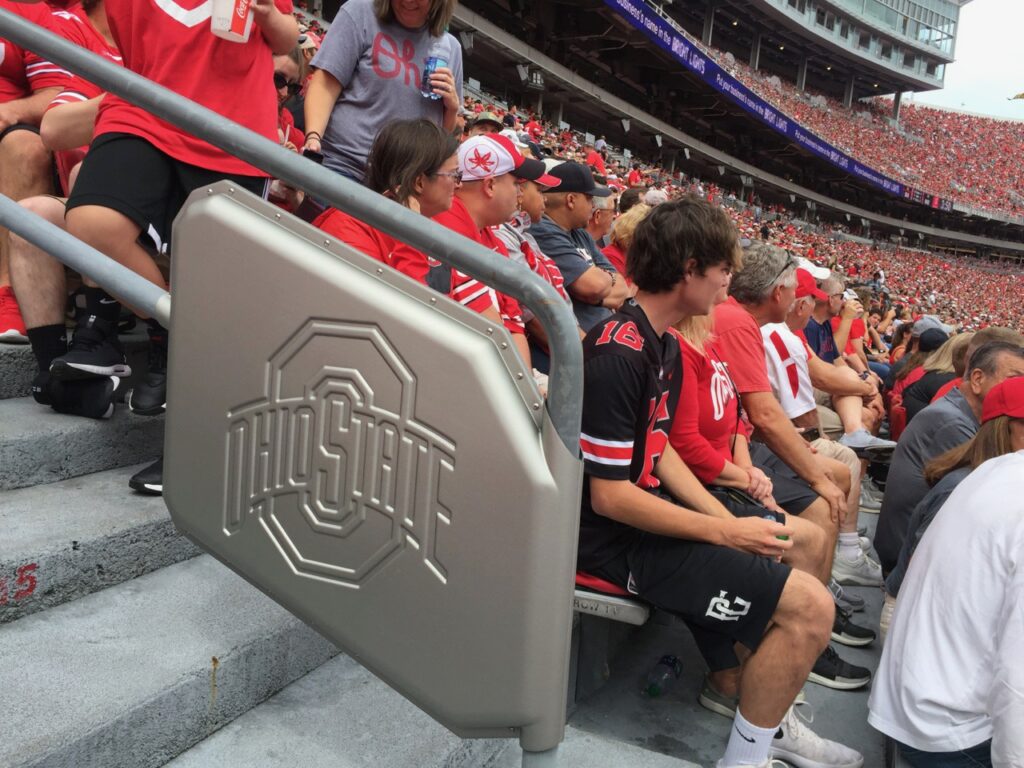
In the small time since stadium shutdowns ended, the pace of stadium technology acceptance and deployment has accelerated immensely, for both social and business reasons. Digital ticketing, which had not yet been fully adopted, became the only way to get into the arena, overnight. Cashless concessions, another technology wish-list item that was seeing some experimentation pre-pandemic, also quickly became the only way to do things.
The need to eliminate lines speeded up the development and deployment of walk-through security scanners and checkout-free concession stands. As we all hope and pray that we don’t see another worldwide pandemic ever again, one thing we’re not giving back in its aftermath is the new attitude and faster adoption of more and more technology to help make stadiums safer, more fun, and easier and cheaper to operate. Fans have seen it, and like the changes. It’s here to stay.
What’s next?
When we started doing this thing 10 years ago I had no idea that by now our publication would be writing about network-connected toilets or facial recognition systems that allow fans to buy a beer by smiling at a screen. Back then, just having enough bandwidth to send someone a photo from the arena was a victory.
But I wouldn’t have written off the idea, either. One of the most interesting things about stadium technology is that stadiums almost always have to bend and twist existing technology to make it work under the non-standard operating conditions known as “game day,” which is like holding a Super Bowl party but inviting 75,000 of your closest friends. Good luck keeping the cooler filled. Getting the answer about how stadiums do that was interesting 10 years ago, and it’s even more interesting now. Thanks for reading, and thank you to our sponsors whose support allows us to go along for the ride, meet lots of great people, and tell their stories. May it keep being as fun as it’s been so far.




